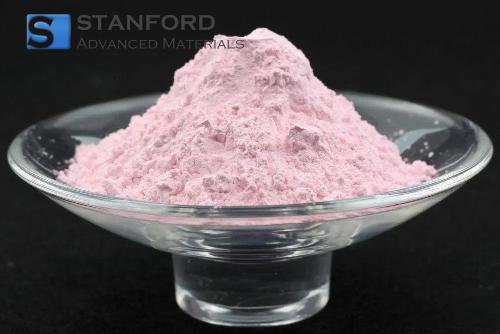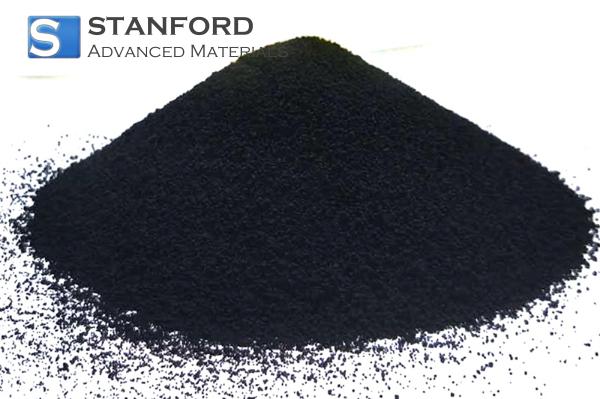Viscosity and Why It Is Important in HA Applications
What Is Viscosity
Viscosity is a physical property of fluids that defines how much a fluid resists flowing. It is a quantitative measurement of the internal friction between molecules within the fluid that defines just how well the fluid will flow when a force is applied to it. Highly viscous fluids such as honey move slowly, whereas low-viscosity fluids such as water move freely.
Understanding viscosity is essential in many areas of industry—automotive fluids to pharmaceuticals—because it directly impacts performance, handling, and functioning.
Variables Affecting Viscosity
Viscosity is affected by several key variables:
1. Temperature: In general, with higher temperature comes lower viscosity because added heat energy facilitates the freedom of molecules to move around more easily. For instance, motor oil becomes thinner at high temperatures, which affects lubrication.
2. Pressure: Greater pressure contributes to viscosity, particularly in complex liquids with large or entangled molecules.
3. Structure: Additives, impurities, or the size of molecules control viscosity. Concentration and molecular weight take precedence in multifunctional applications.
The factors need to be accurately controlled in production processes and product formulations for consistent performance.
Industry Applications of Viscosity
Viscosity is crucial to fluid performance in industry:
• Automotive: Enables maximum engine oil and fuel flow, affecting lubrication and performance.
• Food and Beverage: Specifies texture, mouthfeel, and consistency of food items such as sauces, syrups, and dairy products.
• Pharmaceuticals: Provides consistency of liquid pharmaceuticals, injectables, and suspensions for accurate dosing.
• Cosmetics: Affects spreadability, absorption, and texture of creams, gels, and serums, affecting the user experience.
Here is an Example Table:
|
Application |
Importance of Viscosity |
Measurement Method |
|
Automotive |
Lubricant flow and protection |
Rotational Viscometer |
|
Food & Beverage |
Texture and consistency |
Capillary Viscometer |
|
Pharmaceuticals |
Medication uniformity |
Vibrational Viscometer |
|
Cosmetics |
Product application quality |
Rotational Viscometer |
|
HA Powder Solutions |
Optimal absorption and application |
Capillary Viscometer |
HA Solution Viscosity
When HA powder is dispersed in water or other vehicles, it forms viscous solutions or gels. HA solution viscosity is a determining factor that affects the degree to which the product performs in cosmetic and medical applications. Important factors that affect HA viscosity are:
• Concentration: Increasing concentration of HA results in higher solution viscosity, providing greater hydration retention and structural support.
• Molecular Weight: Longer polymer chains of greater molecular weight produce more entanglements, and hence more viscosity and more tissue cushioning.
• Additives: Stabilizers, crosslinkers, or co-solvents may be employed to modify viscosity for a particular application.
Why Viscosity Matters in HA Applications
Effective viscosity sustains optimal performance of HA products. Viscosity, for instance, in dermal fillers, determines the degree to which the gel resists deformation once it is confined in the skin and the degree to which it can be injected. Viscosity in topical use determines spreadability and absorption and consequently affects hydration and consumer satisfaction.
Applications and Impacts of HA Viscosity
1. Cosmetic and Aesthetic Medicine:
High-viscosity HA is used in structurally supported volumizing dermal fillers with long-term effects. Low-viscosity HA provides maximum surface hydration to give the skin more elasticity and smoothness.
2. Ophthalmology:
High-viscosity HA is used in eye drops and surgical viscoelastics to protect fragile tissue, maintain hydration, and provide manipulability during surgery.
3. Joint Health (Viscosupplements):
High-viscosity HA restores the function of synovial fluid, reducing arthritic joint friction and improving mobility.
4. Topical Skincare:
Viscosity controls the spreading, binding, and penetrating properties of HA creams and serums and thus the effectiveness of hydration and consumer acceptability.
Conclusion
Viscosity is a characteristic feature of HA that controls all functions of its use, ranging from injectability in cosmetic medicine to spreadability in topical formulation. Through modification of parameters such as molecular weight, concentration, temperature, and crosslinking, manufacturers can tailor HA solutions to a specific application.
Frequently Asked Questions
Q: What is viscosity?
A: Viscosity is a measure of the resistance of a liquid to flow, or its thickness or thinness.
Q: What is viscosity and temperature?
A: Higher temperature results in reduced viscosity, making the liquids more easily flowable.
Q: Why does viscosity play such a critical role in HA solutions?
A: It maximises injectability, absorption, tissue support, and hydration function.
Q: Does viscosity vary with the addition of additives?
A: Yes, stabilisers, co-solvents, and additives can significantly change viscosity by impacting HA molecules.
Q: In how many ways does viscosity influence dermal filler performance?
A: It impacts ease of injection, tissue integration, volume retention, and duration of aesthetic effect.

 Bars
Bars
 Beads & Spheres
Beads & Spheres
 Bolts & Nuts
Bolts & Nuts
 Crucibles
Crucibles
 Discs
Discs
 Fibers & Fabrics
Fibers & Fabrics
 Films
Films
 Flake
Flake
 Foams
Foams
 Foil
Foil
 Granules
Granules
 Honeycombs
Honeycombs
 Ink
Ink
 Laminate
Laminate
 Lumps
Lumps
 Meshes
Meshes
 Metallised Film
Metallised Film
 Plate
Plate
 Powders
Powders
 Rod
Rod
 Sheets
Sheets
 Single Crystals
Single Crystals
 Sputtering Target
Sputtering Target
 Tubes
Tubes
 Washer
Washer
 Wires
Wires
 Converters & Calculators
Converters & Calculators
 Write for Us
Write for Us





 Chin Trento
Chin Trento



